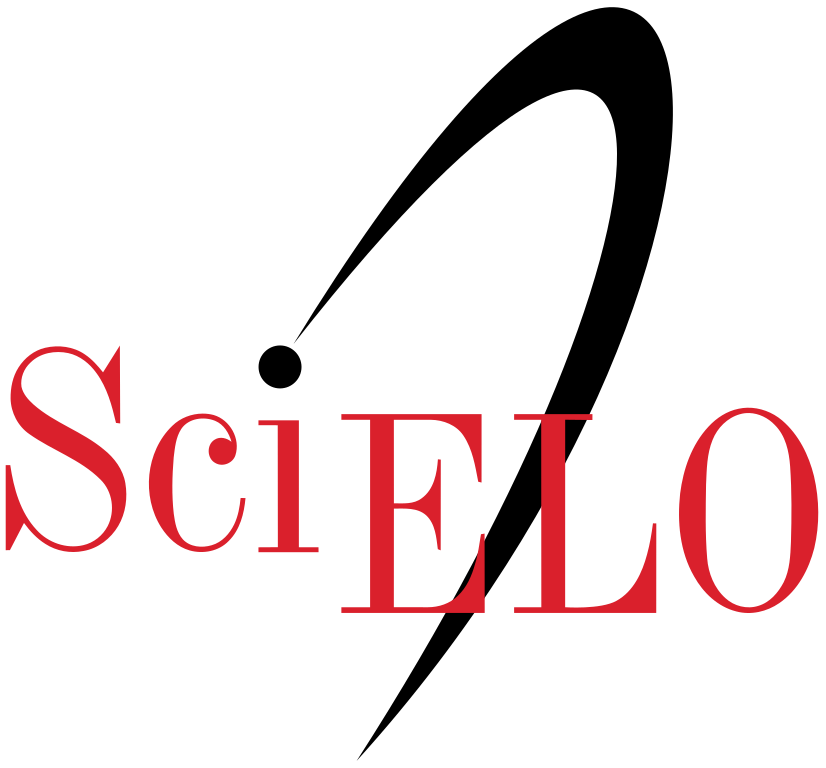Impact analysis of conditional and loop statements for the NVIDIA G80 architecture
Abstract
AbstractIn this paper, we propose two novel techniques to transform control state- ments so they can be executed effciently on the NVIDIA G80 architecture.Our techniques called loop splitting and branch splitting smartly increase
code redundancy, which might be deemed as “de-optimization” for CPU;
but for a GPU framework these techniques improve the occupancy of a
program on the GPU device and therefore improve its performance. We
demonstrate our optimizations on an artifcial benchmark and the results
show that these techniques are very effcient and, depending on the problem
layout, can lead to an increase in occupancy and a drastic improvement
in performance compared to non-split version of the same algorithm.
How to Cite
[1]
S. Carrillo, J. Siegel, and X. Li, “Impact analysis of conditional and loop statements for the NVIDIA G80 architecture”, Ing. y Des., vol. 27, no. 27, pp. 130–150, Sep. 2010.
Issue
Section
Articles









